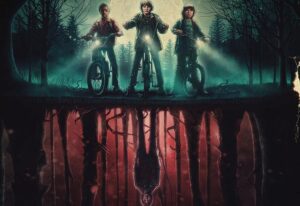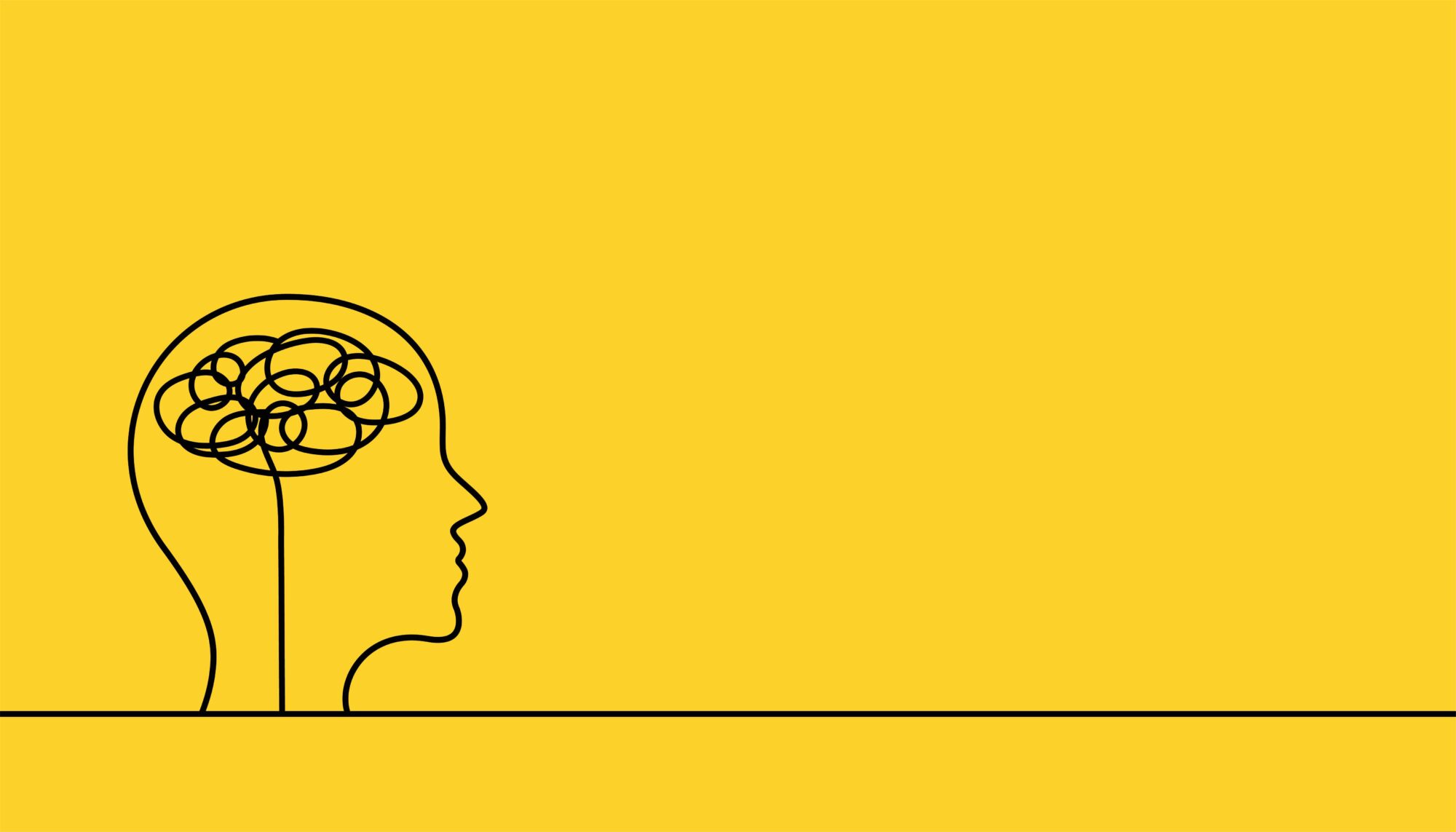I can’t quite believe it is two months since I blogged. It’s not the first time there has been a lag between posts; but this time it was very much a conscious decision. What writing time I have had needed to go towards book writing and edging my way through the 60 or so essays I had set myself to write. I have to laugh, as thinking back to various qualifications and trainings where the thought of a 3000 word essay was a huge deal. And now, rather than 3, 3000 words per year, I am banging out 3000 words a week!
It’s been a relief to find some flow; and I have enjoyed immersing myself in a phenomenological boot camp of sorts. Writing remains a practice of making sense of myself, my world, and my ideas. Being able to immerse myself in the work of Thomas Fuchs, Eugene Gendlin, Dan Zahavi, Shaun Gallagher, Ruella Frank and other modern day phenomenologists has proved a great assistance for thinking more deeply about complex client presentations – where we might say it is a disturbed mind rather than a distressed* mind that enters the therapy space. From anxiety and depression, to narcissistic and borderline processes, I have been considering how Lieb and Korper are involved in distortions of time and space. I am becoming clearer in how we might formulate such presentations through a humanistic lens; and I motivated to help other humanistic practitioners not just practice, but also theorise phenomenologically.
 The collection of essays under “complex presentations” is the fifth out of six making up Part 3 of my proposed text. And so, I bring myself once again to my Friday morning haunt to consider the final essay in this section: knowing our own madness. I’m stuck by the use of the word “haunt”: as the motivation to invite practitioners to consider their own propensity for complexity comes from experiences that DO haunt me…and so, let us begin.
The collection of essays under “complex presentations” is the fifth out of six making up Part 3 of my proposed text. And so, I bring myself once again to my Friday morning haunt to consider the final essay in this section: knowing our own madness. I’m stuck by the use of the word “haunt”: as the motivation to invite practitioners to consider their own propensity for complexity comes from experiences that DO haunt me…and so, let us begin.
I have previously shared my affinity for Sheldon Kopp’s approach to therapy; one that sees therapist and client (patient) as fellow pilgrim (Carter, 2023). In showing and sharing our vulnerabilities and humanity, it levels the room and it proffers that healing is within reach. If your therapist has been where you are, there is hope. To quote Chogyam Trungpa Rinpoche, “everything is workable”. It also works in a more present tense, presenting sense too. If life IS about the ups and downs, the awful and awesome, this is a current we continue to ride. A therapist is not sitting in the chair “as healed”; the therapist sits in the chair as healing; a living process, a continual becoming (a view that Heidegger was keen to advocate). If, as I am positing in this book, a humanistic psychotherapy is based on dialectic the capacity to hold the both / and(s) of life is important, no matter which chair we sit in, no matter whether we meet during one of life’s lows or highs. Sometimes I find myself more present and more available to clients when I am going through a hard period in my life. Com-passion, to suffer with.
Moreover, I have said earlier in the book that it’s a great leveller to know that if I had experienced the life and conditions of the person sat opposite, I too could be sitting in their chair. This extends to more distressing, more disturbing experiences of mind. We are all thrown into this world; one not of our own making. We are fortunate if we have enough stability of mind; a good enough childhood environment to be able to withstand the tides of mind. For me however, there is no doubt that we all have a potential for what we might call “madness”.
I will write a little more on the theme of why it is important for all practitioners to “go to pieces without falling apart” in an essay to come; a process many come to know during a counselling and psychotherapy training. To provide our clients with another shot at a ‘good enough’ holding environment, we therapists need to become more stable caregivers. And so we attend weekly therapy to explore and untangle all those knots from our own upbringing; unknotting our own mind so that we invite less tangle with others (see R.D. Laing’s text “Knots”). It brings to mind how as well as our personal family tree, we have another non-blood line: our therapist, their therapist, the therapist before them etc. It’s one thing I love learning about the founders of our tradition – who was the analyst, therapist, supervisor of who. Each generation is helping the next deconstruct and reconstruct the self; an individuated Self…perhaps more accurately, an individuat-ing; as this Sisyphean task is rarely completed.
“Going to pieces without falling apart”. Some of us get closer to that tipping point than others. I was talking to colleagues not so long ago as to how different it feels to be in therapy after training has been completed; to be there of our own accord, not part of the mandate. To know our own mind means we know when it needs some closer scrutiny. It feels more choiceful, and maybe it is some of that loosening up that also loosens and “thins out” the mind. It’s humbling to re-enter, as many of us do, in mid-life; realising there is more to explore, a need to do so. For me, I’m not sure there is anything as important than to become more and more familiar with my mind. This is a commitment as a psyche-naut: to untangle a knotted mind; as a Buddhist, this is for the benefit of all beings (in plain language, to be a little nicer to be around!)
 Yet being a dedicated psyche-naut has me sailing close to the winds at times. I am a student of the Vajrayana Buddhist practices and teachings. Whilst the path of meditation might be broadly (and popularly) conceived of as a path of bringing stability of mind (nirvana, ultimate awakening, is Sanskrit for “extinguishing” or “blowing out” the hot reactive flames of mind), the tantric traditions of Tibet and India have more in common with the paths of alchemy and mysticism. As such there is a turning toward suffering and using it to transmute (rather than transform) into wisdom. Readers of Jung’s depth psychology will know his curiosity toward the East and alchemical processes for the journey toward individuation. Whether it’s Buddhist Vajrayana or other mystic traditions, such alchemists walk a thin line between sanity and insanity; a dalliance that can land us in an upside world like that beautifully sinister presentation in Netflix’s “Stranger Things”. In my experiences of deep and / or solitary retreat, the liturgical practices with deities, or working with psychedelics it’s as if mind is stretched thinner and thinner, almost to the brink of snapping. Any perturbations in it are felt more strongly; and what were ripples, become the riptide. “I read once a remark of Harold Pinter’s: Apart from the known and unknown what is there? At first I thought it a smart observation, until it occurred to me that all serious matter exists somewhere between the known and unknown” (Vickers, 2009). Liminality is where we find madness and genius. And I have taken great heart from the mystics that have shared such liminal experiences with us: William Blake, St Julian of Norwich, and Thomas Merton**. All have been accused of madness or instability. In our own profession, ideas that break from the norm have created outsiders; perhaps an exile that has further exacerbated their eccentricity e.g. Carl Jung and Wilfred Bion.
Yet being a dedicated psyche-naut has me sailing close to the winds at times. I am a student of the Vajrayana Buddhist practices and teachings. Whilst the path of meditation might be broadly (and popularly) conceived of as a path of bringing stability of mind (nirvana, ultimate awakening, is Sanskrit for “extinguishing” or “blowing out” the hot reactive flames of mind), the tantric traditions of Tibet and India have more in common with the paths of alchemy and mysticism. As such there is a turning toward suffering and using it to transmute (rather than transform) into wisdom. Readers of Jung’s depth psychology will know his curiosity toward the East and alchemical processes for the journey toward individuation. Whether it’s Buddhist Vajrayana or other mystic traditions, such alchemists walk a thin line between sanity and insanity; a dalliance that can land us in an upside world like that beautifully sinister presentation in Netflix’s “Stranger Things”. In my experiences of deep and / or solitary retreat, the liturgical practices with deities, or working with psychedelics it’s as if mind is stretched thinner and thinner, almost to the brink of snapping. Any perturbations in it are felt more strongly; and what were ripples, become the riptide. “I read once a remark of Harold Pinter’s: Apart from the known and unknown what is there? At first I thought it a smart observation, until it occurred to me that all serious matter exists somewhere between the known and unknown” (Vickers, 2009). Liminality is where we find madness and genius. And I have taken great heart from the mystics that have shared such liminal experiences with us: William Blake, St Julian of Norwich, and Thomas Merton**. All have been accused of madness or instability. In our own profession, ideas that break from the norm have created outsiders; perhaps an exile that has further exacerbated their eccentricity e.g. Carl Jung and Wilfred Bion.
If mind can get so thin that it risks stretching beyond repair, one might question why do it? In an essay to come, we will have the time to think more extensively about Stanislav Grof’s ideas (1989), but maybe (near) breakdown is needed for breakthrough? Arguably, such an emergence facilitates that spiritual call to be of benefit to all beings; to clean up our own act so we don’t pollute the world (a sentiment often attributed to meditation teacher Chogyam Trungpa). Certainly, since becoming a Vajrayana student I am more attuned to those very subtle levels of energetic interplay between a client and myself. I can feel the interbeing, the intraconnectedness (Proctor, 2025). Herein lies a challenge: greater sensitivity is felt keenly in in everyday life. As the Buddhist teachings describe, what was once an itchy grain of sand in the palm in full awareness becomes felt like a splinter in the eye. The temptation is to recoil and go back to safer and known ground. The call is to keep surrendering, to keep opening despite the terror of boundlessness.
Featured image thanks to www.freepik.com
*Speaking with a colleague recently, herself a phenomenologist, we talked about where the disturbed mind is: is it really the client’s mind that IS disturbed, or more honouring the lens, that the mind of the client is ‘disturbing’ us?
**Authors such as Mark Vernon and Simon Critchley are a good place to start an exploration of this.
Proctor, G. (2025). The illusion of separateness. Person-Centered & Experiential Psychotherapies, 1-15.
Grof, S. (1989). Spiritual emergency: When personal transformation becomes a crisis. Penguin.
Vickers, S. (2009). The Other Side of You. United Kingdom: HarperCollins Publishers.

